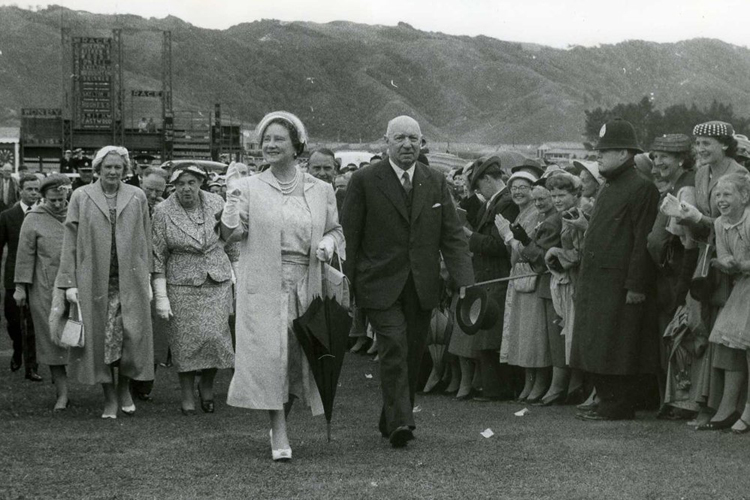3 minute read
Christchurch trainers Michael and Mathew Pitman will be looking to add another Kiwi name to the list of Royal Ascot victors when Enzo’s Lad contests the Gr.1 King’s Stand Stakes (1000m) overnight (New Zealand time) at the prestigious meeting.

But, while New Zealand horses have enjoyed their share of Group One success in recent years at the Royal Meeting, few would be aware of the pioneering role of a gift horse from New Zealand dating back sixty years ago.
That Kiwi horse was Bali Ha’I, who carried the colours of HM Queen Elizabeth, the Queen Mother, whose horses mainly ran over jumps.
The Queen Mother was gifted Bali Ha’i, the half-brother to 1949 Gr.1 Melbourne Cup (3200m) winner Foxzami by his owner Sir Ernest Davis after he won the St James Cup at Trentham.
The race was run as a one-off in honour of the Queen Mother, who was in attendance.
Davis, a former mayor of Auckland and four-times leading owner, made the presentation of the horse after the race.
On April 22, 1958, Bali Ha’i arrived at the Royal Docks, London, and was transported to Newmarket to join the stable of Sir Cecil Boyd-Rochfort.
Given time to acclimatise in his new surroundings, Bali Ha’i came into his own in 1959, running with credit at the Chester May meeting before winning at Sandown Park in the hands of top lightweight Willie Snaith.
Bali Ha’i was sent off 15/8 favourite for the Queen Alexandra Stakes (4355m), and, ridden by Harry Carr, he defeated three rivals for a famous Royal victory in the colours of the Queen Mother and a dream result for New Zealand.
Sir Michael Oswald, former racing manager to the Queen Mother, was fully aware of the gamble such an international adventure entailed in the late 1950s.
“Obviously, it was a long, long time ago, and in those days it was often a very difficult journey by ship to England lasting many weeks. Now, they fly horses all over the place and they seem perfectly happy when they arrive at their destination.
“Being publicly given a horse as a gift, I suppose there was an element of danger that the horse may have been no good, and that could have caused embarrassment. But Bali Ha’i did his part by winning the Queen Alexandra, the longest race at the meeting.
“Queen Elizabeth, the Queen Mother, did not have many runners at Royal Ascot. She went in for steeplechasers and hurdlers, so she was more Cheltenham and Aintree. Most of her runners on the flat were horses getting ready for a jumping career.”
Bali Ha’i, however, never raced over jumps. He suffered a tendon injury in 1960, and, while he raced twice the following year, his best racing days were behind him. He was retired and repatriated to New Zealand, where the Queen Mother was able to see him on a subsequent visit to the country in 1966.
New Zealand-breds have also been prevalent in recent times, with So You Think winning the Gr.1 Prince of Wales’s Stakes (2000m) in 2011 and Little Bridge taking out the King Stand Stakes in 2012.







